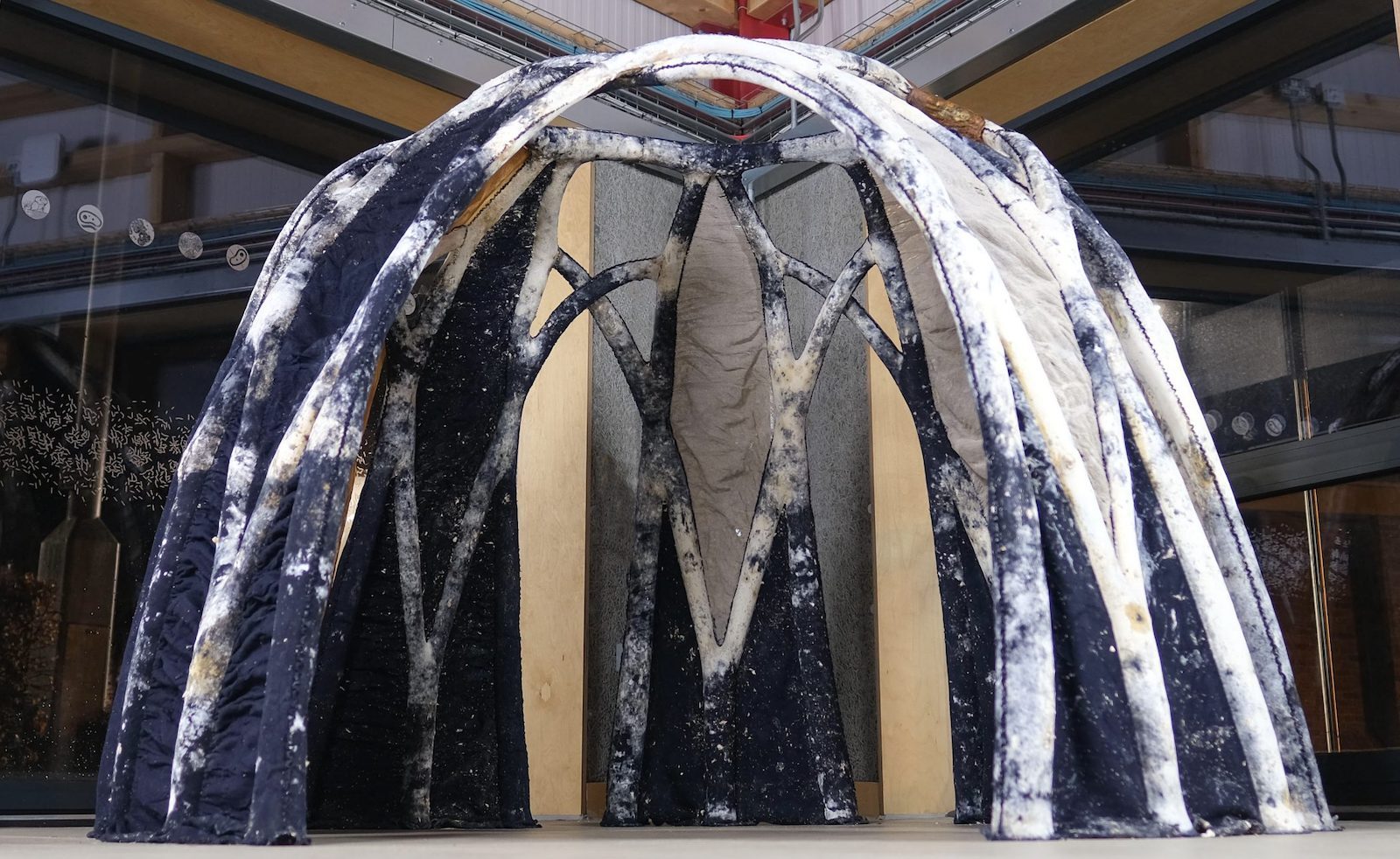- cross-posted to:
- solarpunk@slrpnk.net
- cross-posted to:
- solarpunk@slrpnk.net
Fungi have crossed the CleanTechnica radar as a potential biofuel resource, a packaging and insulation material, and a plant-based alternative to animal-derived leather. The idea of making sustainable concrete-type blocks from fungi has also been percolating for several years.
In January, for example, NASA published a proposal from the University of Nebraska that describes how sustainable buildings could be grown on Mars by, combining the masonry skills of fungi and cyanobacteria.
“This research proposes that, rather than shipping prefabricated outfitting elements to Mars, habitat outfitting can be realized by insitu construction using cyanobacteria and fungi as building agents,” explains Congrui Grace Jin, an assistant professor at the school’s College of Engineering, with in situ meaning that the blocks would be fabricated at the construction site.
The self-repairing bio-material would incorporate native soil, aka regolith, from the planet’s surface to grow homemade building blocks.
“Synthetic biology toolkits will be employed to create a synthetic lichen system, composed of diazotrophic cyanobacteria and filamentous fungi, to produce abundant biominerals (calcium carbonate) and biopolymers, which will glue Martian regolith into consolidated building blocks,” Jin added.

